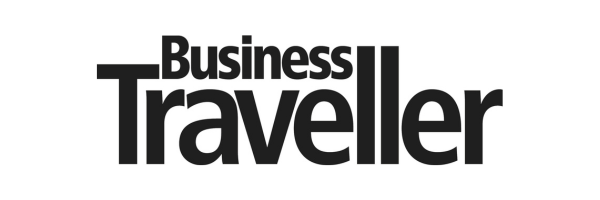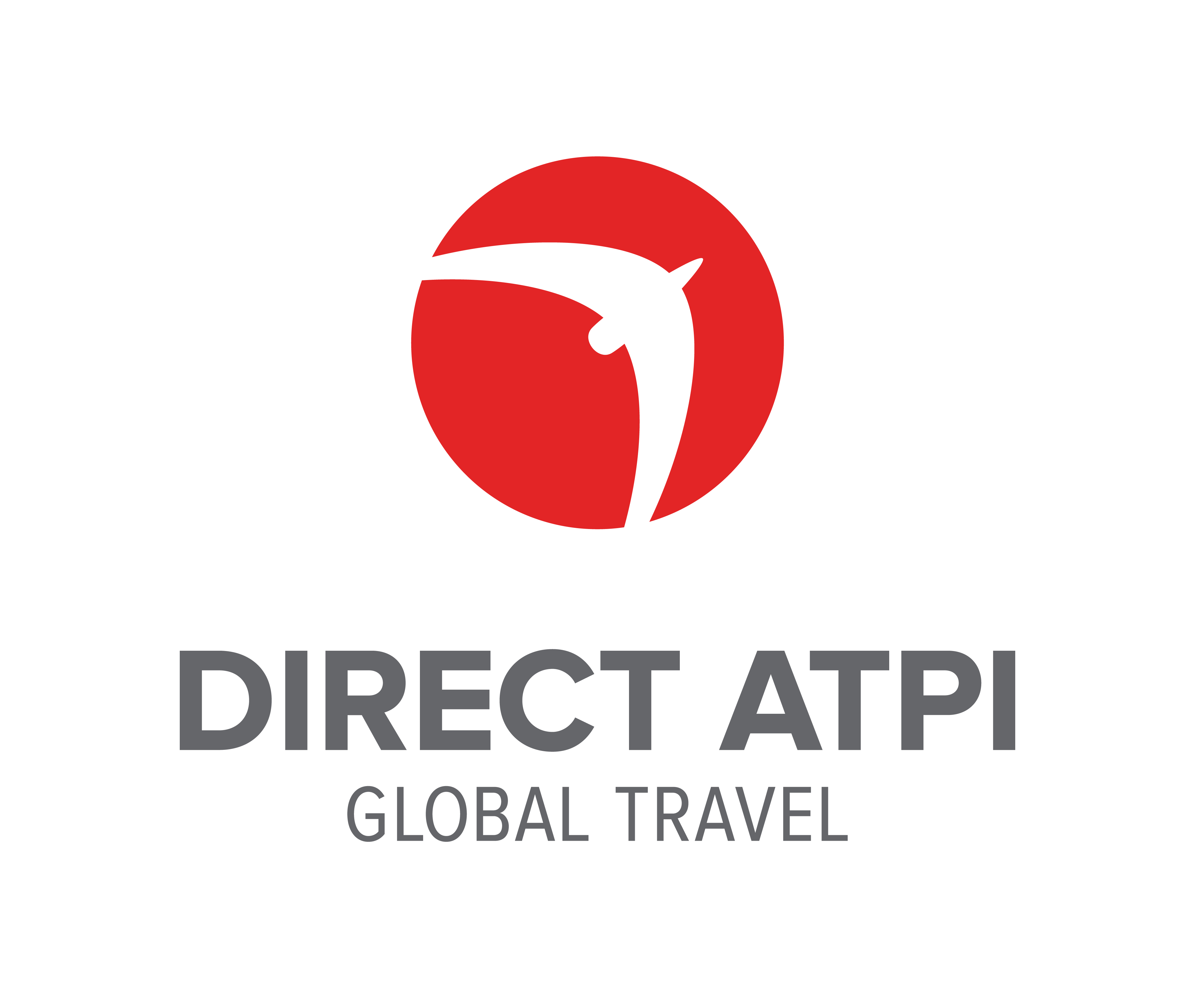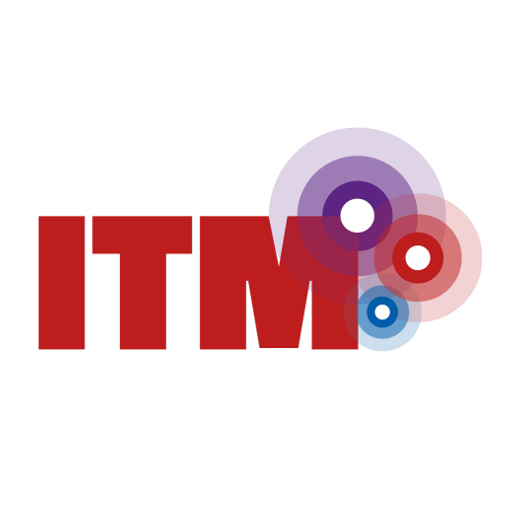Aligning Travel Risk Management with ISO 31030: Why It Matters for Duty of Care
)
- Original contribution by: International SOS
- Updated and expanded by: Jonathan Carter-Chapman, Marketing Director, Northstar Travel Group
- Re-Published: 21st March 2025
- Topics: ISO 31030, Travel Risk Management, Duty of Care, Business Travel
- Read Time: 4 mins
Quick Summary
ISO 31030 is the global standard for managing travel-related risk. Aligning your travel risk management policy with this framework strengthens your duty of care obligation, improves employee safety, and supports business continuity capability in an unpredictable world.
This guide explores the benefits, common risks, and practical steps to implementation—especially relevant for corporate travel teams and international organisations attending Business Travel Show Europe and similar events.
Business Travel Show Europe | 19-20 June 2025 | ExCeL London
Why ISO 31030 Matters in a Changing World
Since the pandemic, international travel has become more complex for business travellers. With ongoing global unrest, disease outbreaks, infectious disease threats, and rising cyber threats, travel-related incidents are increasing in frequency and severity.
Organisations now have a legal and ethical obligation to ensure their business travel processes are robust and transparent. Without clear travel risk management planning, a business trip to a high-risk area can quickly turn into a crisis.
ISO 31030 provides a structure for organisations to assess and mitigate potential risks, strengthening resilience and giving peace of mind to both travellers and senior management.
What is ISO 31030?
ISO 31030:2021 is an international standard that outlines how to implement a comprehensive travel risk management programme. It provides a clear framework for:
- Threat identification and risk assessments before and during travel
- Security arrangements, medical assistance, and emergency procedures for various risk profiles
- Traveller tracking and real-time alerts or updates
- Two-way communications between travelling employees and home offices
- Creating and maintaining a corporate travel safety policy
It recognises the crucial role of security experts, HR, legal, and operations teams in protecting employees.
The Risks of Non-Alignment
Failing to align your travel risk management program to ISO 31030 exposes your organisation to:
- Reputational harm from poorly handled travel-related incidents
- Legal liability from failing in your duty of care obligation
- Confused or inconsistent security arrangements across teams
- Loss of confidence in travel among employees
- Business disruption during emergencies
Whether it's a medical emergency, cyber threat, or political unrest, organisations must be ready to respond rapidly and keep employees safe.
Key Travel Risk Considerations
When reviewing your travel risk management plan, ask:
- What travel destination-specific risks (e.g., high-crime zones, political unrest) could affect our business travellers?
- Are real-time monitoring and real-time updates in place during trips?
- Are staff trained to handle human errors or emergency situations abroad?
- Do we have clear communications, medical emergency contacts, and security protocols?
- Is our risk assessment process embedded into our corporate travel planning?
These considerations should form the foundation of any travel risk management programme.
Benefits of Aligning with ISO 31030
Organisations that align with ISO 31030 enjoy multiple benefits:
A Key Component of Business ContinuityTravel risk management becomes an essential part of business continuity planning, ensuring that travel-related risk doesn't interrupt operations.
Clearer Travel Risk PoliciesFrom travel plans to emergency response, everyone understands the protocols.
Boosted Confidence in TravelEmployees feel safer and more confident, knowing security risks are taken seriously.
Improved Company CultureDemonstrating genuine care enhances morale and loyalty, especially among frequent business travellers.
Greater Legal and Ethical ProtectionFulfils legal obligation and duty of care while upholding ethical standards in how staff are treated.
How to Start Aligning with ISO 31030
Step 1: Review the Standard
Understand the core elements, from travel risk assessments to traveller tracking and incident response.
Step 2: Conduct a Business Travel Risk Assessment
Identify gaps in your current system and the common risks facing your employees.
Step 3: Develop or Update Your Travel Risk Management Plan
Ensure it includes threat identification, emergency procedures, and two-way communications.
Step 4: Train and Equip Employees
Build knowledge around medical assistance, cyber threats, and responding to infectious disease risks.
Step 5: Monitor Continuously
Use real-time alerts and real-time monitoring tools to stay ahead of emerging risks.
A Practical Example
Suppose you're organising a business trip to a region recently affected by civil unrest and an infectious disease outbreak. A company aligned with ISO 31030 would:
- Evaluate the risk profile of the travel destination
- Engage security experts for up-to-date intel
- Provide employees with a travel briefing and peace of mind tools (apps, hotlines)
- Ensure real-time updates are available to both employees and senior management
- Establish medical emergency protocols and evacuation support
Such preparedness reflects the benefits of ISO 31030 and sets the foundation for safer business travel.
How International SOS Can Support You
At International SOS, we’ve helped international organisations manage travel-related risk for over 35 years. Our services include:
- Free ISO 31030 self-assessment tool: https://assessmyrisks.com/ISO-31030
- Consulting and development of travel risk strategies
- Training programs tailored to your travel risk management programme
- Security experts and systems to support corporate travel safety policies
Key Takeaways
- ISO 31030 is a key component of a resilient travel risk management program.
- Aligned policies support both legal obligation and ethical obligation to protect staff.
- Real-time monitoring, traveller tracking, and two-way communications are vital.
- Integrating security arrangements, emergency procedures, and risk assessments into your business travel processes boosts trust and efficiency.
- Employees benefit from peace of mind, improved safety, and confidence in travel.
Further Reading
- ISO 31030 Overview: https://www.iso.org/standard/70427.html
- Global Guardian Guide: https://www.globalguardian.com/global-digest/iso-31030
- IF Insurance & Falck Global Assistance: https://www.if-insurance.com/large-enterprises/insight/iso-31030-and-travel-risk--management-with-falck--global-assistance
- International SOS Self-Assessment Tool: https://assessmyrisks.com/ISO-31030
Acknowledgement
This article was originally written by International SOS in 2024. It has been reviewed, expanded, and updated to include broader insights into the development of travel risk strategies in line with ISO 31030.
Supplementary FAQs



)
)
)
)
)
)
)
)
)
)
)
)
)
)
)
)
)
)
)
)
)











